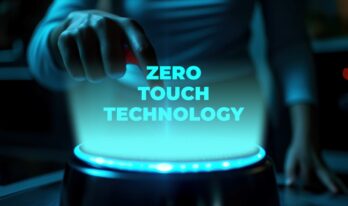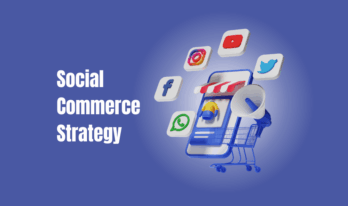It is an architecture that extends services offered by the cloud to edge devices. Fog computing is seen as the new cloud and is believed to have taken over, but it is just an extension or an evolution of the cloud.
Fog computing allows for the distribution of critical core functions like storage, communication, computer, control, decision making, and application services closer to the origination of data.
It is a new distributed architecture, one that spans the continuum between the cloud and everything else. It makes fog computing, a common-sense architecture, and a necessary one for scenarios where latency, privacy, and other data-intensive issues are a cause for concern.
It facilitates the operation of computer and networking service. Fog computing acts as a jumping-off point for edge computing. It is a standard that defines how edge computing should work.
Fog computing minimizes the latency by analyzing the data close to where it is. It reduces traffic from the core network.
Traditional cloud computing models do not meet these requirements. The traffic from all the devices outreaches the bandwidth limit.
The emergence of cloud computing is because of the evolution of IoT devices, and the cloud is not able to keep up with the pace.
In simple terms, fog computing is cloud computing plus the Internet of Things.
Traditional phones didn’t have enough built-in space to store the information and access various applications.
It is because of cloud computing technology that these phones got “smart” as it transmits the data and gives on-demand availability of the resources and services. But the present cloud model lags in dealing with the evolved IoT.
The fundamental issue being the latency and lesser security of data. Cloud computing is a centralized model of computer science, which makes the data and services available globally, making it a bit of a slow approach.
It lags in providing resources where there is an extensive network involved.
The three services provided by cloud computing are:
-
- IaaS (Infrastructure as a Service): Gives enormous processing power and better networking.
- PaaS (Platform as a Service): Better for launching and testing new applications.
- SaaS (Software as a Service): Its specifications are customized as per various business needs.
Minimizes Latency
Fog computing cascades system failure by reducing latency in the operations. It analyzes data close to the device and helps in averting any disaster.
Flexibility in Network Bandwidth
Vast amounts of data are transferred from hundreds or thousands of edge devices to the cloud, which requires fog-scale processing and storage.
For example, commercial jets generate 10 TB for every 30 minutes of flight. Fog computing sends selected data to the cloud for historical analysis and long-term storage.
Broad Geographic Reach
Fog computing offers a better quality of services by processing the data of the devices that are even deployed in areas with high network density.
On the other hand, cloud servers communicate only with IP, not with the endless other protocols used by IoT devices.
Real-Time Analysis
Fog computing analyzes the most time-sensitive data and acts on data in less than a second, while cloud computing does not offer round-the-clock technical support.
Security
Fog data is analyzed by a considerable number of nodes in the distribution system while in cloud computing, private information is transferred through channels that are connected globally. The system is then prone to various cyber-attacks.
Operating expenses
The license fee and the on-premise maintenance for cloud computing are lower than that of fog computing. The companies have to buy edge devices, routers, gateways, etc. which is an additional expense.
Internet of things means having “ambient intelligence,” which includes a sensor and wireless technologies that are connected to the internet and can identify themselves as objects. IoT lets any physical object represent itself digitally.
The current design of cloud models can’t handle the volume, variances, and speed of data that IoT generates. Fog computing is a new model that better analyzes and acts on IoT data. It stores the data efficiently and is easily accessible.
Cloud computing has a limitation of bandwidth while with fog computing, it resolves this problem by storing the data close to the ground. It doesn’t route through a centralized DC in the cloud; instead, it processes the data physically.
In any industry, IoT increases the response and awareness of the incidents. For example: In the oil industry, the sensors of pipelines note a pressure change. In response, the pumps are automatically slowed down to avoid any accidents.
Instead of sending extensive IoT data to the cloud, fog computing in this way analyzes the most time-sensitive data at the network edge, making it act in milliseconds. Fog computing enables quick responses and reduces network latency and traffic.
Conclusion
Due to the evolution of the Internet of Things, it has put too many constraints on cloud services as they are very latent and lag in security compared to fog computing.
The reason being that cloud is at a distance from the point of origin whereas, in fog computing, it analyzes and reacts to the data in less than a second.
It should be noted that fog computing is not a separate architecture, and it does not replace cloud computing but rather is just an extension of cloud computing with higher bandwidth and better security functions.
You may also like to Read:
4 ways in which you can optimize your Enterprise Data Warehouse
Data Silos Disadvantages: How They Can Harm Your Business?




